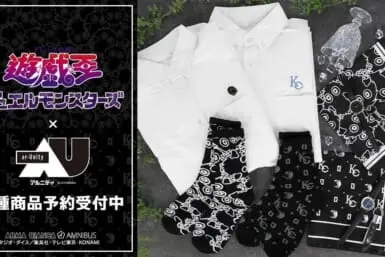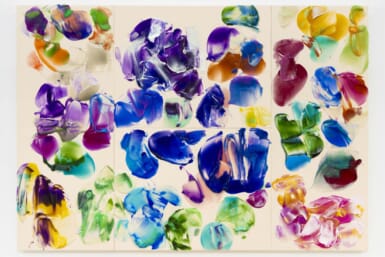Walking the quiet length of Jujo Ginza Shotengai, you can’t help but be pulled in by the irresistible charms of Rainbowholic Stationery Cafe. The shop’s smiling tricolor mascot, Rainbow-chan, greets you at the door with a wave, and the open window houses a small display of trinkets, like a miniature shrine dedicated to journaling inspiration. The entrance has a warm, nostalgic vibe that carries into its comforting interior, while the welcoming storefront signboard beckons with its words: Kawaii bungu de asoberu kissaten — a cute cafe where you can play with stationery.
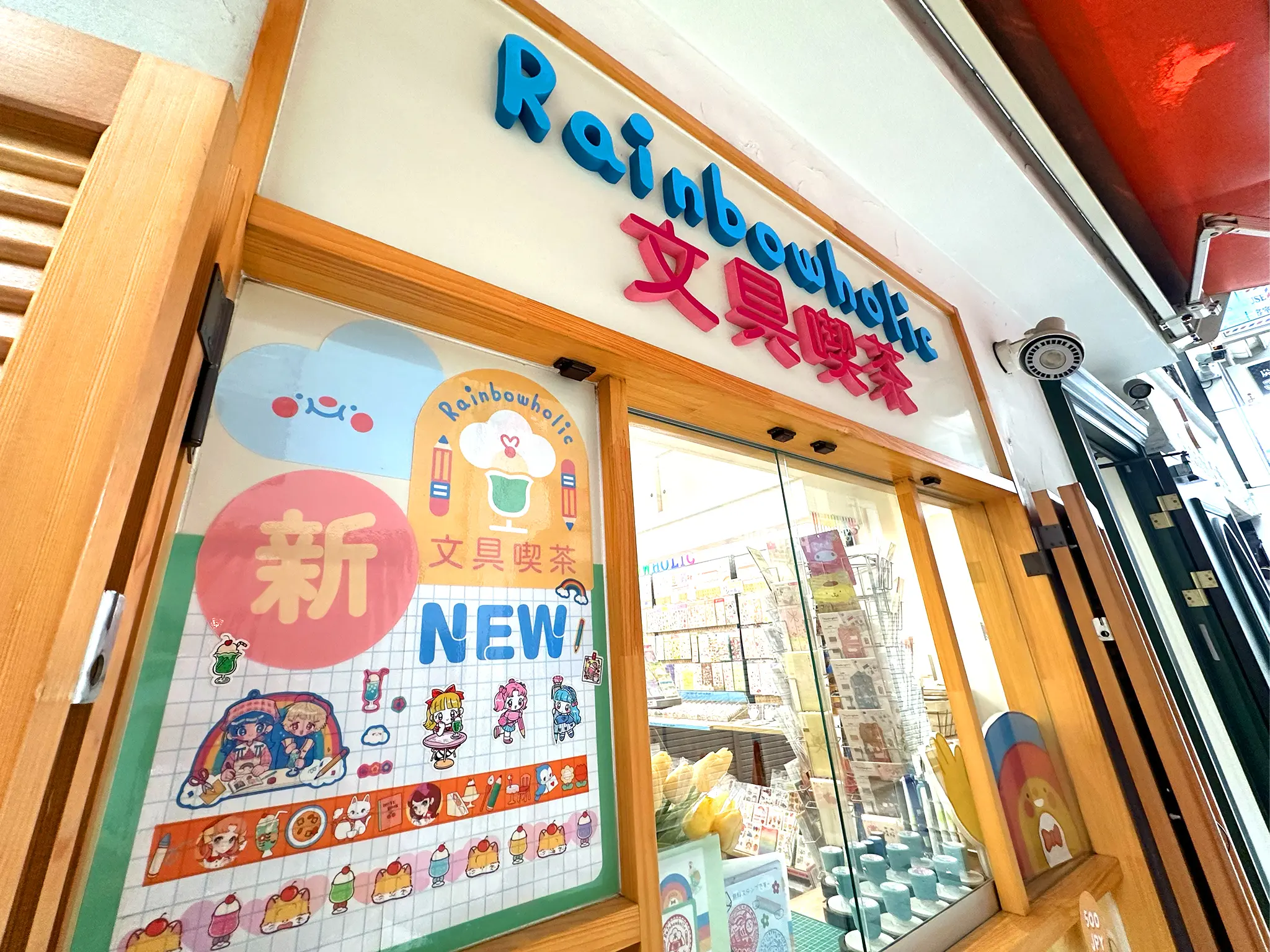
Tokyo has no shortage of compelling concept cafes, from retro kissaten to animal petting experiences to anime pop-ups and even muscle girl bars. But what makes Rainbowholic stand out is its compelling atmosphere, where lovers of kawaii and stationery alike can relax away from the hubbub of Tokyo and take some time for themselves to write a letter or journal.
Rainbowholic has a massive library of paper goods (including art by smaller independent artists), character collectibles, Japanese handicrafts and gourmet tea. At the cafe, you can order a drink, like a classic melon soda float, and sit down at the counter to work on your own journaling as you sip. The stationery corner offers a wonderful selection of stickers, washi tape, memo pads and stamps — all free for customers to use at their discretion.

In the digital age, when everyone can so easily take hundreds of photos on their phones, quickly send emails and texts or hop onto a video call, journaling and sending physical letters is becoming increasingly rare; not as many people print their photos, create scrapbooks or handwrite letters these days. With no need to maintain physical communication, it would seem that most of us have left the paper trail. In doing so, we’re losing the art of paper intimacy.
When was the last time you picked out writing paper or the perfect greeting card, penned each of your message’s words by hand, decorated it with fun stickers and pressed a stamp onto its envelope simply to surprise a friend? Sure, a text usually does the trick, but a letter is so much more personal and affectionate. More importantly, its physicality allows you to keep the memory forever. This time-honored practice is what Rainbowholic encourages, and with over half a million followers across its socials, it’s clear that people connect with the shop’s message of romanticizing life’s moments — and with its stationery.

Rainbowholic’s Origins
Kaila Ocampo is the 33-year-old Filipina cofounder of Rainbowholic and the main face of the brand. She initially started Rainbowholic as a blog that she maintained through high school and university, sharing artwork and daily life in the Philippines. But her passion for stationery, color and all things cute originated long before then. Somewhere between her many, many bins of journals and keepsakes, Ocampo takes out a crayon-covered paper with a sunflower scribbled in one corner — one of 8-year-old Kaila’s original ventures into handmade stationery.

Building the Business
It’s often said that it takes 10 years to become an overnight success. When Ocampo moved to Japan with her brother in 2011, she launched her first attempt at e-commerce, selling handmade Blythe doll clothes, which ultimately proved unsuccessful. She shifted to selling Cardcaptor Sakura merchandise and, later in 2016, after massive support from her tens of thousands of YouTube subscribers, opened the Rainbowholic online shop to sell journaling supplies. But the global pandemic caused everything to go into chaos when Japan Post was not allowing packages to be shipped out from Japan.
Ocampo had invested a lot of her own savings to open the cafe while cofounder Akiyasu Ito left his stable salaryman position to chase this dream with her. Ocampo wondered if they were going to be bankrupt before their dream even got to spread its wings. But as the world stopped, Rainbowholic received an unexpected response from people who found bittersweet solace during lockdown. For many, lockdown became a time for reflection, which led to the realization that we need to make room for the seemingly insignificant but precious things in life. Journaling became a comforting hobby, a private moment to write out thoughts and play with stickers just for the sake of it.
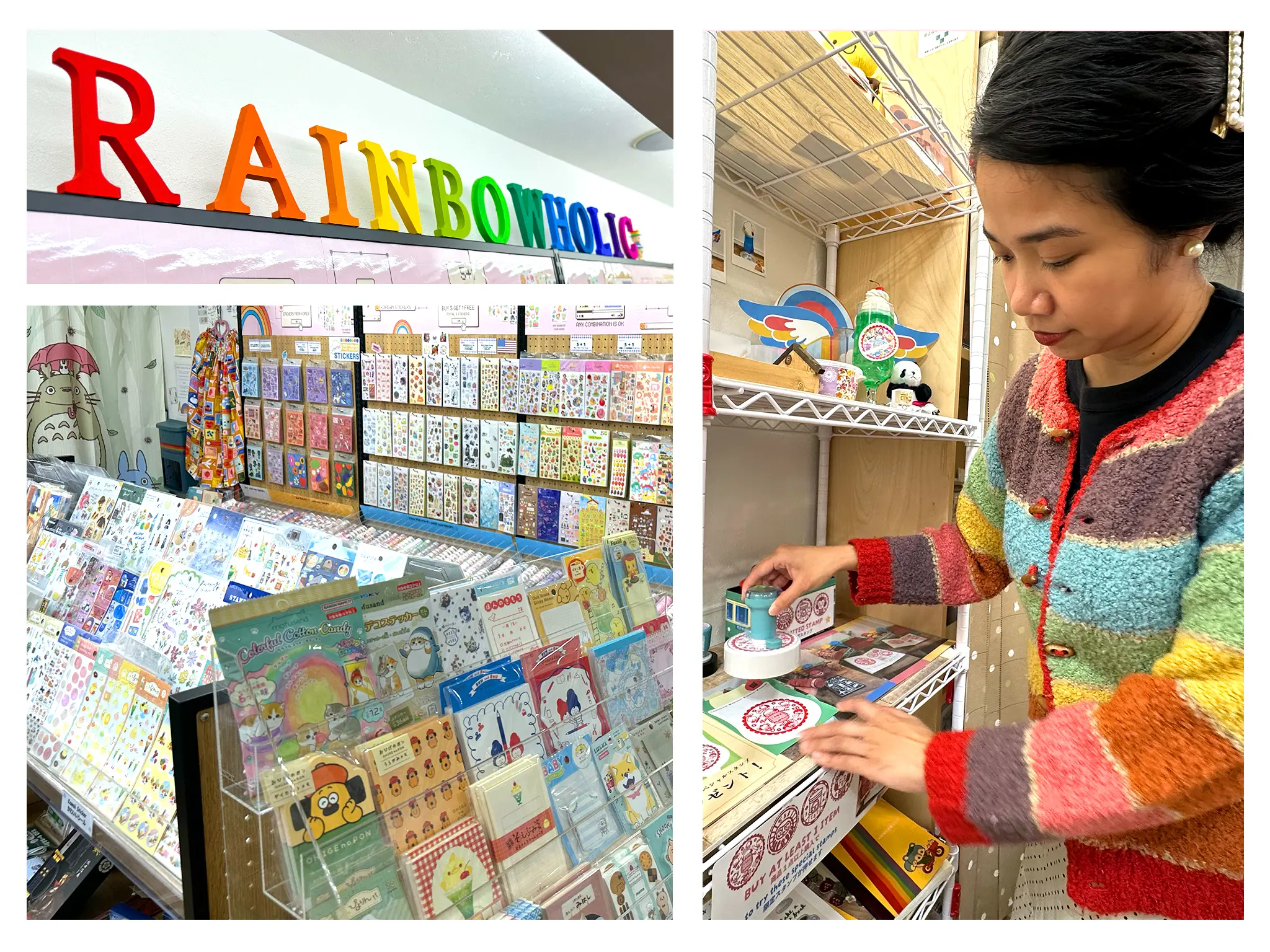
Finding Simple Happiness
“Stationery and journaling make this environment for simple happiness … I always tell myself, It’s not a bad day but a bad moment. You [can] focus on the little things that made you smile,” says Ocampo.
“For example, you woke up not tired today — at this age, waking up not tired is good. Something as simple as that,” she continues with a laugh. “If you have that kind of appreciation, you can be mentally strong because you see the good in every circumstance.”
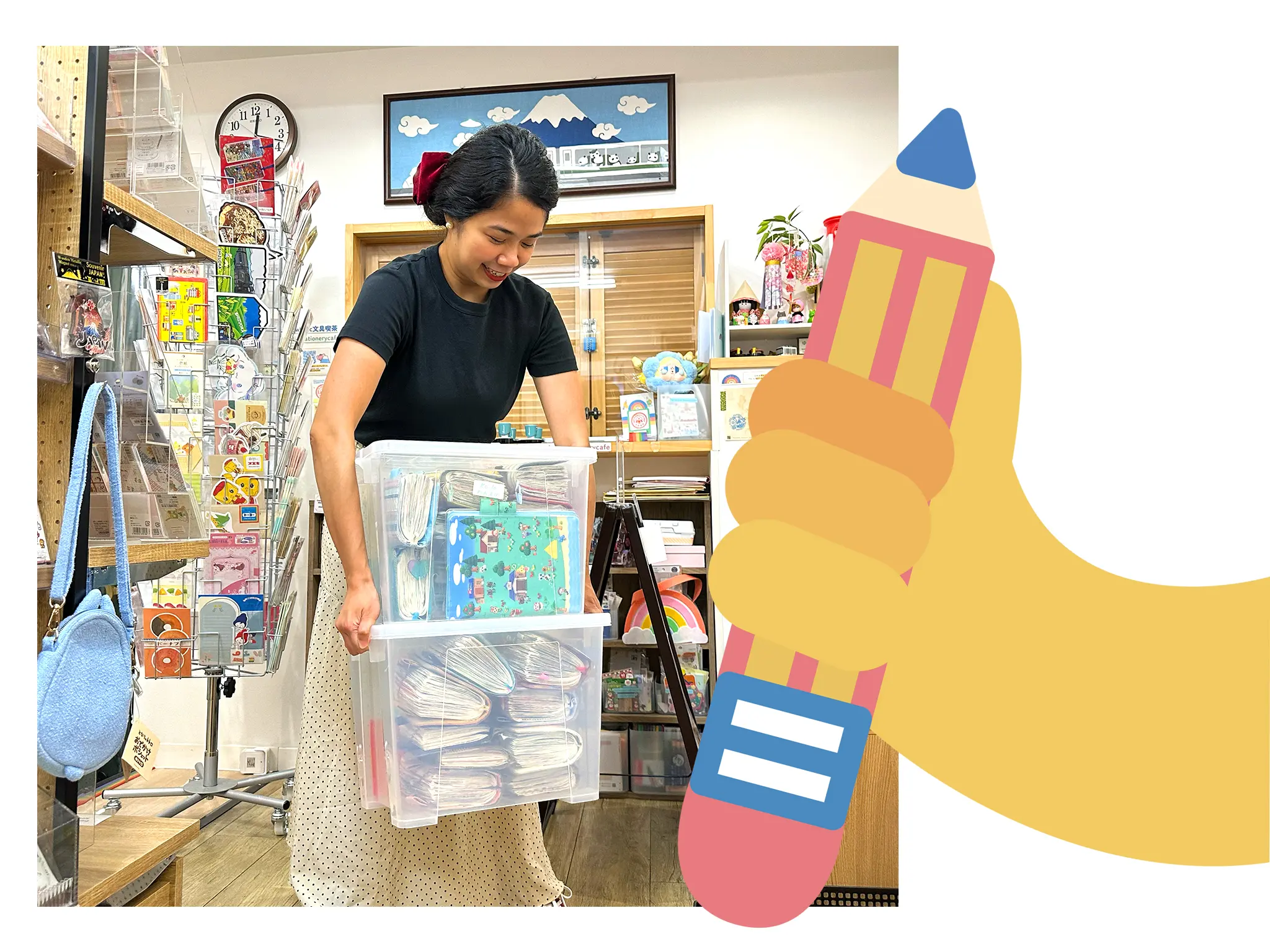
Journaling becomes written proof that you experienced joy or overcame a bad moment, a book to flip through chapters of your life — to reflect, to come to terms, to find joy. In this spirit, Ocampo started receiving messages online from people who had found her content and her shop, and who discovered how much their new hobby improved their mental health or encouraged them to celebrate simple happiness. “I knew it would help, but I didn’t know that it would actually save lives,” she tells us.
Nowadays, most of us offload our photos on social media, the cloud or a hard drive, where memories are abandoned or lost to a server. “I take a lot of pictures, but I don’t know the last time that I [went] through them … You only get reminded of [those memories] when Facebook reminds you,” says Ocampo. There is something much more intimate and tangible about safeguarding photos through a personal journal, where you can note the emotions you went through in that exact moment.
At a superficial glance, stationery is simply a pile of papers, stickers and washi tape. But in the hearts of many, journaling has created a safe haven for self-expression, private reflection and uninhibited celebration of life.
“Even if you are very busy, life is not just about ‘adulting’ … You will be happy that you made something; you did not only work, but you did something for yourself,” says Ocampo.
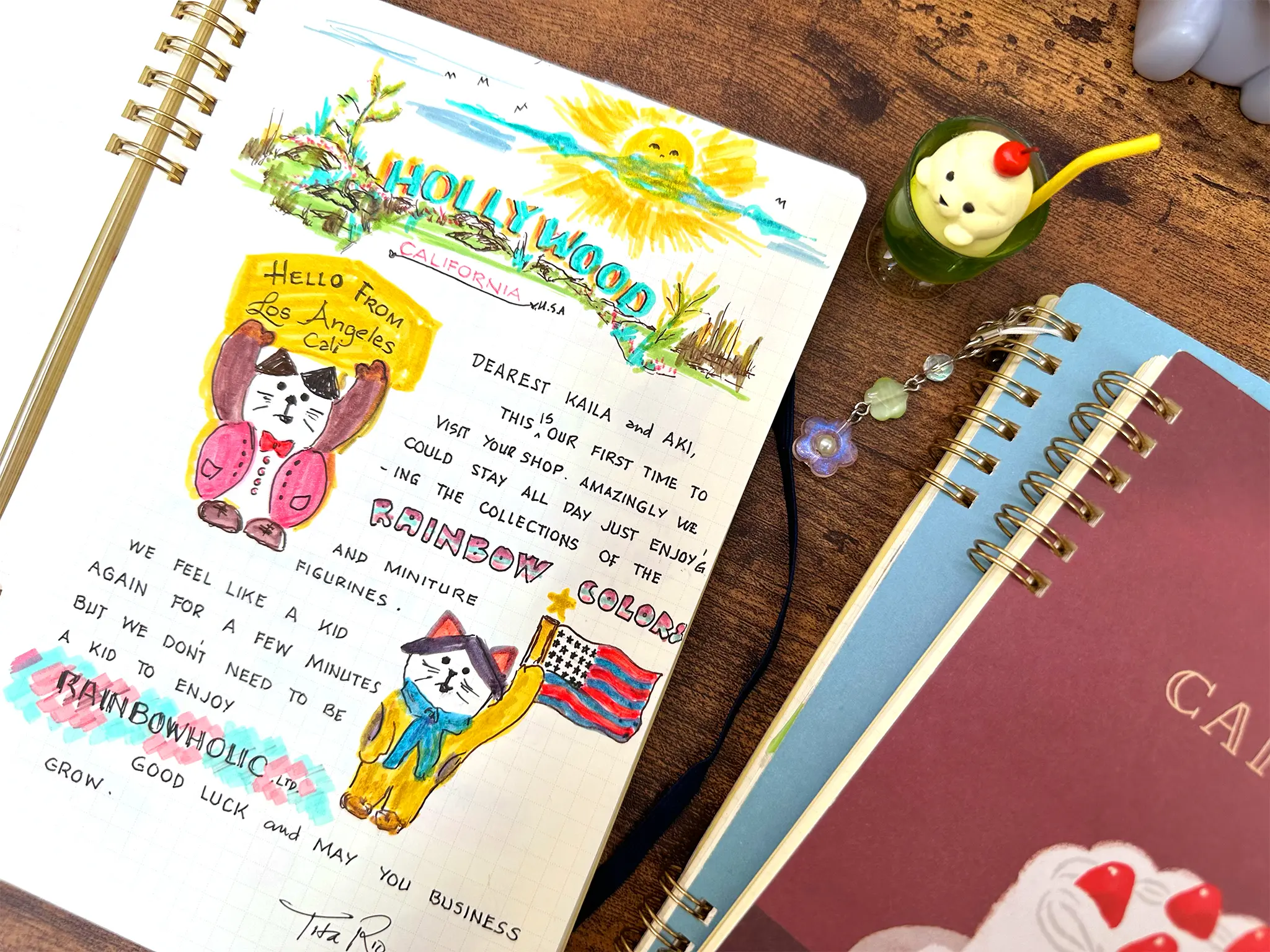
A Global Stationery Community
Rainbowholic Stationery cafe has a community journal where customers visiting from around the globe can leave their mark on the shop’s story. There are notes and scribbles from Brazil, America, Australia, Taiwan, Singapore — Rainbowholic has devotees everywhere.
Japan has grown to be a major hub for stationery lovers. Despite digitization threatening the market, Japan is well known for its dichotomy between tradition and modernity. Even with new technology and development, there is an ever-present national push to preserve craftsmanship trades, such as making paper goods. And the overseas demand for high-quality and meticulously designed Japanese stationery is increasing, a truth exemplified by the repeated crashing of media and goods company Hobonichi’s website on the day it released the 2025 version of its popular Hobonichi Techo yearly planner lineup.
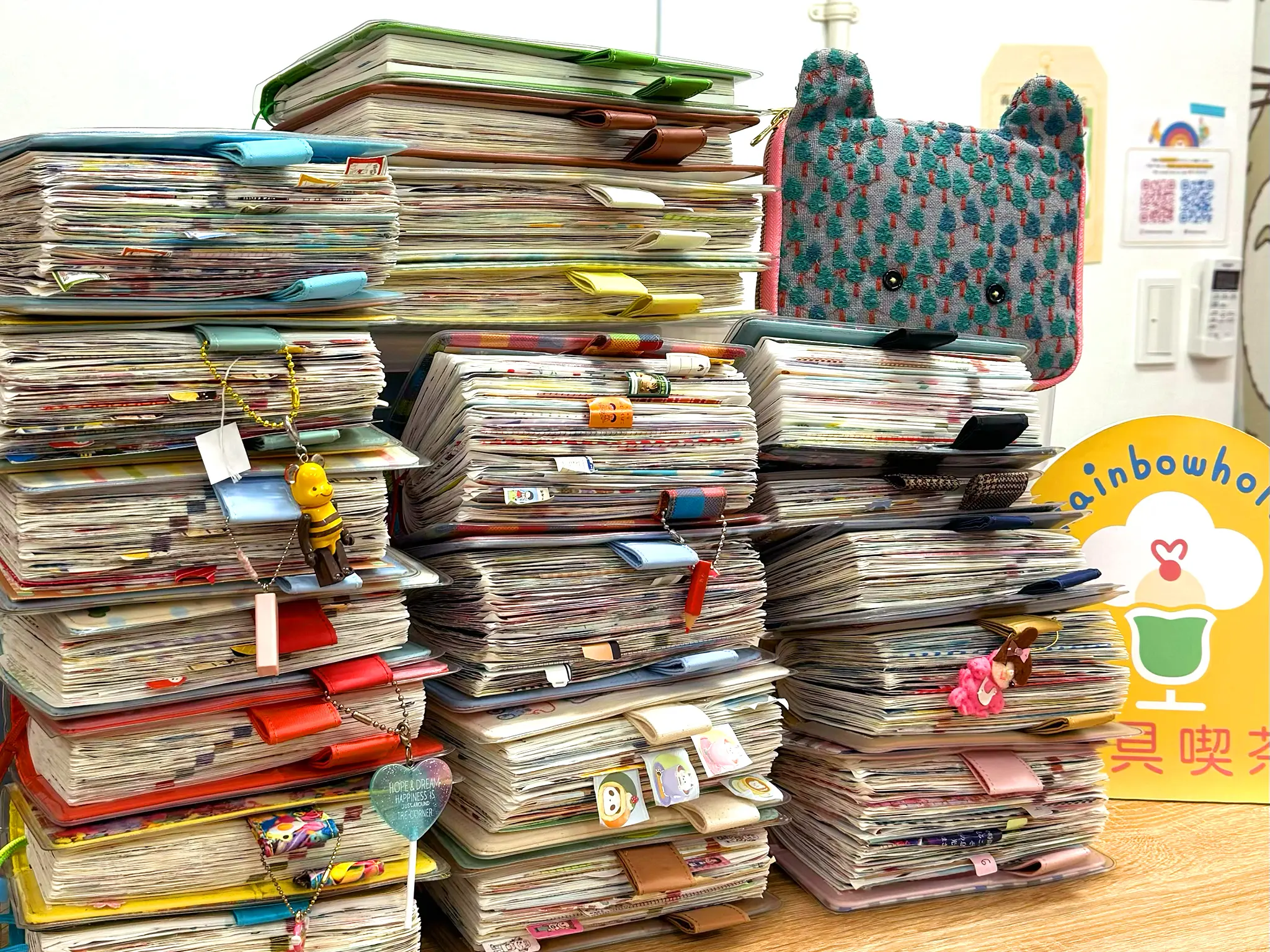
Japan’s love for stationery is not a recent trend. It stems from a deep appreciation for calligraphy and the written word. During the Heian period, calligraphy was pushed as an art form and as a vital skill for expressing thoughts and emotions. Moreover, stationery’s tangibility conveys care and stability, something that doesn’t always translate well to a text or phone call. Japan also has stationery-based cultural traditions, such as the custom of sending nengajo postcards to friends, family, coworkers and clients over the New Year period. According to NHK World, Japan Post prepared 1.65 billion cards to usher in 2023.
Today, the Rainbowholic brand continues to shine its colors brightly. Aesthetically, this is thanks to artist Natasha Ting, a Rainbowholic fan since Ocampo’s days in the Philippines. Ting has followed the company’s journey ever since, and is now an essential part of building its cute branding.
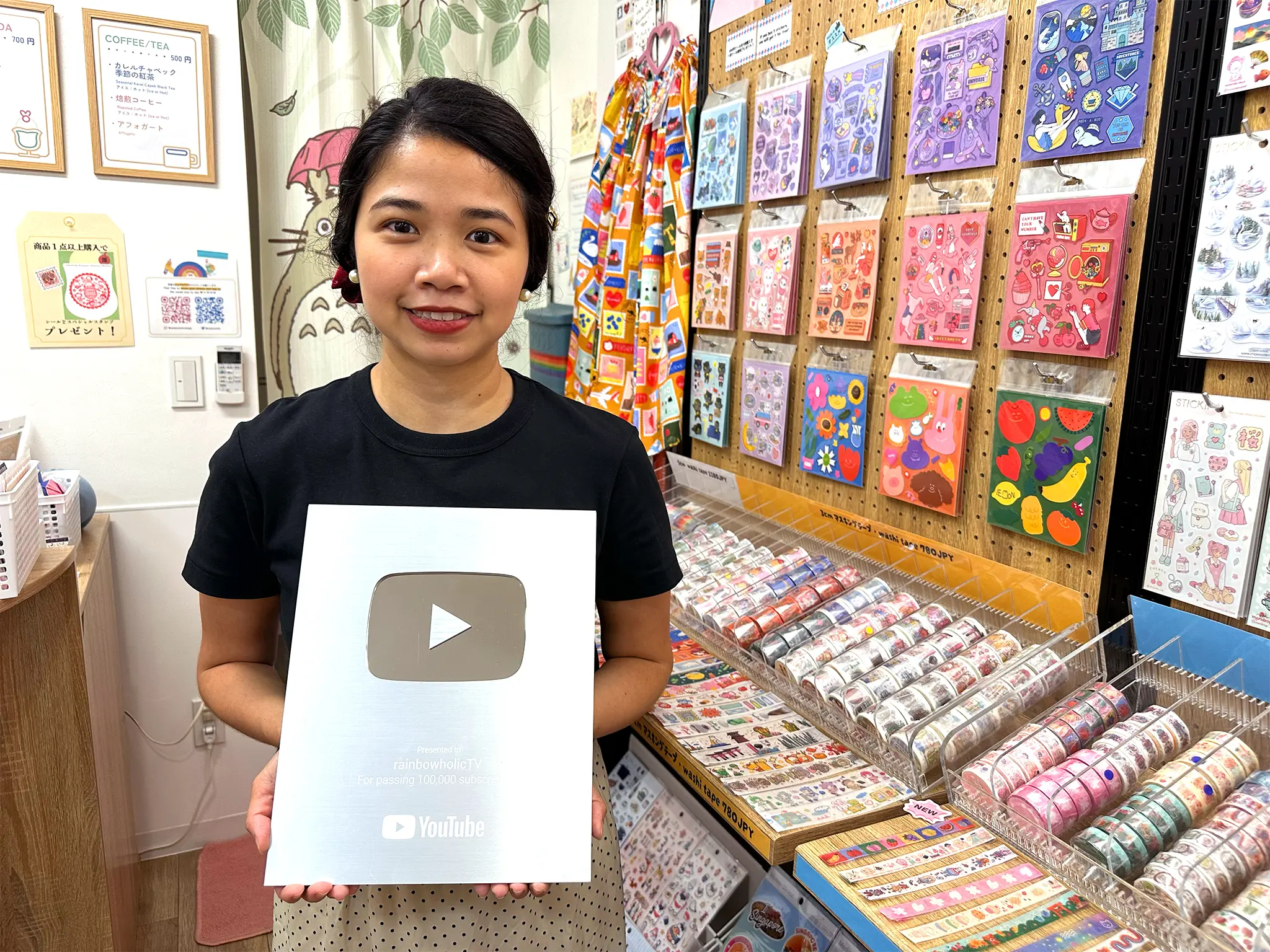
When it comes to spreading the word on the joys of stationery, Ocampo and her team not only run the stationery cafe, online shop and Patreon page, they also actively post on several successful social channels. Rainbowholic’s Instagram page and YouTube channel both have over 166,000 followers, with RainbowholicTV receiving a YouTube Silver Play Button in 2020. Rainbowholic’s Instagram subchannels, Stampholic and Gachaholic, showcase Ocampo’s other Japan life passions: collecting souvenir stamps and gachapon toys.
The dynamic between Ocampo, Ito and Ting is the beating heart of the company. They joke with each other, help with filming and are all immensely passionate about utilizing each other’s strengths to keep growing their dream — just three rainbowholics extending the colors of the arc and celebrating life’s simple joys.
You can visit Rainbowholic Stationery cafe on Kita ward’s Jujo Ginza shopping street.


